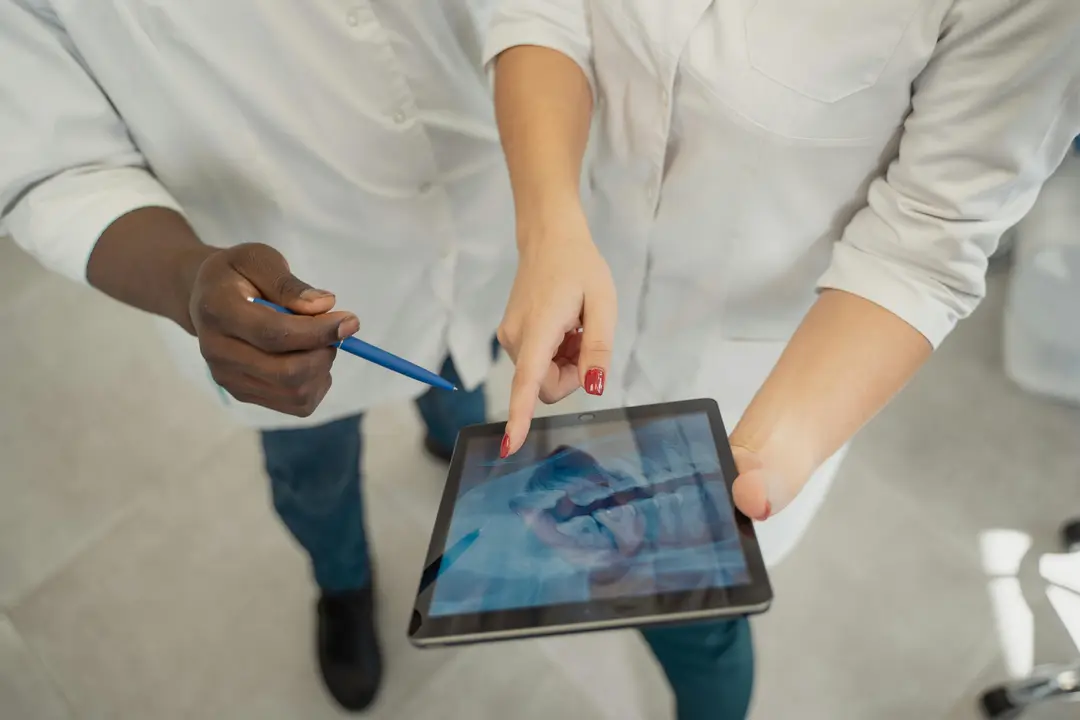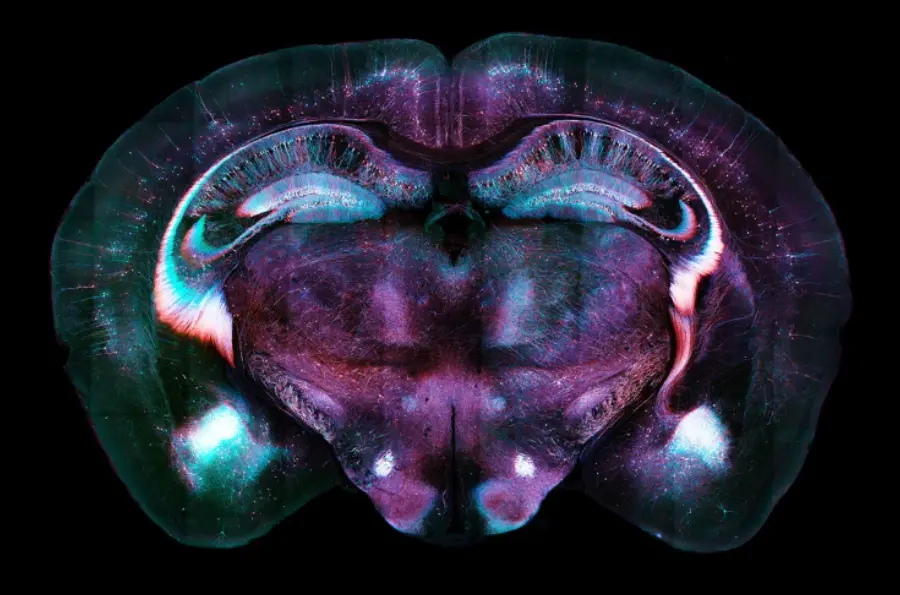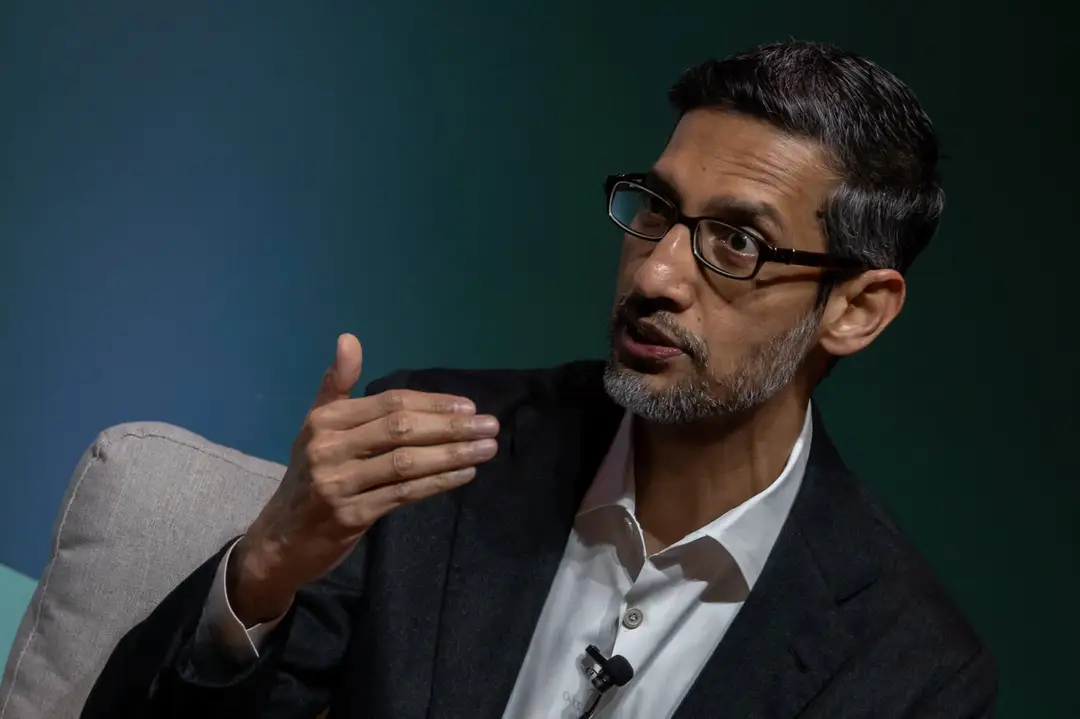The year 2017 marked a remarkable period for digital health, with groundbreaking innovations and transformative ideas redefining how healthcare is delivered, accessed, and experienced. From artificial intelligence (AI) to wearable technologies, digital health paved the way for a smarter, more connected, and patient-centric healthcare landscape. Here are ten of the most exciting digital health developments that captured global attention in 2017.
1. The Rise of Artificial Intelligence in Healthcare
Artificial intelligence solidified its place in healthcare during 2017, with AI-powered algorithms demonstrating remarkable capabilities in diagnosing diseases, analyzing medical data, and personalizing treatment plans. One notable breakthrough came from deep learning systems like Google’s DeepMind, which showed exceptional accuracy in detecting retinal conditions and early signs of vision loss.
AI also made strides in oncology, with algorithms that identified cancer in medical images more efficiently than traditional methods. These advancements highlighted AI’s potential to augment clinical decision-making and improve patient outcomes.
2. Wearable Technologies Redefine Health Monitoring
2017 saw wearable devices evolve beyond fitness tracking, becoming essential tools for monitoring chronic conditions and improving overall health management. Devices like Fitbit and the Apple Watch introduced features that tracked heart rate variability, sleep patterns, and even early signs of atrial fibrillation.
In the clinical realm, wearable sensors allowed real-time monitoring of patients with diabetes, hypertension, and other chronic illnesses. These technologies enabled patients to take control of their health while providing clinicians with actionable data.
3. Telemedicine Gains Momentum
The telemedicine revolution continued in 2017, with virtual consultations and remote care services becoming increasingly mainstream. Advances in video conferencing technology and secure data-sharing platforms made it easier for patients to access medical care without leaving their homes.
This shift was particularly impactful for rural and underserved areas, where telemedicine bridged gaps in access to healthcare professionals. The convenience and efficiency of virtual care underscored its potential to transform patient-provider relationships.
4. CRISPR and Gene Editing Breakthroughs
2017 witnessed significant progress in CRISPR (Clustered Regularly Interspaced Short Palindromic Repeats) gene-editing technology. Researchers used CRISPR to correct genetic mutations associated with diseases like sickle cell anemia and muscular dystrophy. These advancements fueled optimism about the possibility of curing hereditary illnesses and revolutionizing personalized medicine.
While ethical and regulatory concerns remained, CRISPR’s breakthroughs underscored its potential to reshape the future of genetic healthcare.
5. Blockchain for Secure Health Records
Blockchain technology emerged as a promising solution for safeguarding patient data and streamlining healthcare transactions in 2017. By providing a secure and transparent way to store electronic health records (EHRs), blockchain addressed challenges related to data privacy, interoperability, and fraud prevention.
Healthcare organizations began exploring blockchain’s potential to enhance data sharing across providers, reduce administrative burdens, and empower patients with greater control over their medical information.
6. Virtual Reality in Medical Training and Therapy
Virtual reality (VR) gained traction as an innovative tool for medical training and therapy in 2017. VR platforms offered immersive simulations for surgeons, allowing them to practice complex procedures in a risk-free environment. Medical students also benefited from VR-based anatomy lessons that provided a 3D understanding of the human body.
In therapy, VR demonstrated effectiveness in treating anxiety disorders, PTSD, and chronic pain. By creating controlled and engaging virtual environments, VR helped patients confront fears and manage symptoms.
7. Chatbots and Digital Health Assistants
The rise of chatbots and digital assistants in healthcare simplified access to medical information and support. Powered by natural language processing, tools like Ada Health and Babylon Health provided users with instant health assessments and advice based on their symptoms.
These AI-driven assistants reduced the burden on healthcare providers by addressing routine queries and guiding patients to appropriate care pathways. Their integration into telemedicine platforms further enhanced the digital health ecosystem.
8. Advanced Biosensors for Non-Invasive Diagnostics
Biosensors saw notable advancements in 2017, offering non-invasive solutions for disease detection and monitoring. Researchers developed wearable patches and smart textiles that could measure biomarkers in sweat, saliva, or skin. These devices provided real-time insights into metabolic health, hydration levels, and stress responses.
Such innovations opened new avenues for preventive care and early intervention, empowering individuals to make informed health choices.
9. Personalized Medicine Gains Traction
Personalized medicine took center stage in 2017, with advancements in genomics and data analytics enabling tailored treatments for individual patients. Pharmaceutical companies leveraged genetic information to develop targeted therapies, reducing adverse effects and improving efficacy.
Precision oncology, in particular, made significant strides, with drugs designed to target specific mutations in cancer cells. This approach represented a paradigm shift from one-size-fits-all treatment models to personalized healthcare strategies.
10. Digital Platforms for Mental Health Support
Mental health received increased attention in 2017, with digital platforms offering accessible and stigma-free support. Mobile apps like Calm and Headspace provided mindfulness and meditation tools, while online therapy platforms like Talkspace connected users with licensed counselors.
These digital solutions addressed the growing demand for mental health services, particularly among younger populations. Their scalability and convenience made mental health care more inclusive and effective.
The year 2017 was a turning point for digital health, with innovations that revolutionized how healthcare was delivered and experienced. From AI and wearable technologies to gene editing and blockchain, the advancements of 2017 highlighted the potential of technology to address complex healthcare challenges and improve lives.
As we reflect on these transformative stories, it becomes clear that digital health is not just a trend—it is a vital force shaping the future of medicine. By fostering collaboration between technology developers, healthcare providers, and patients, the digital health revolution will continue to push boundaries and redefine what is possible.
by Dr. Bertalan Mesko, PhD







